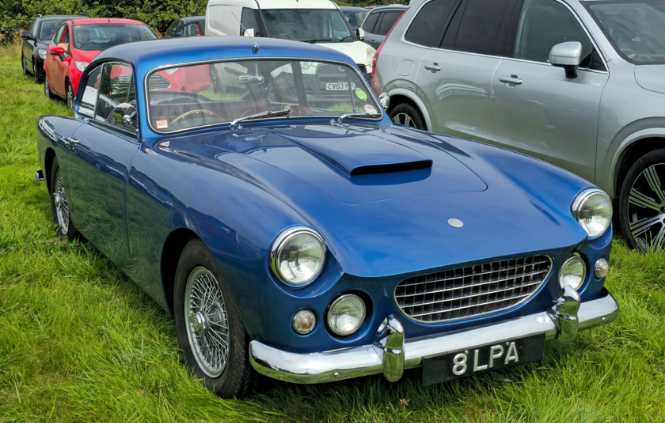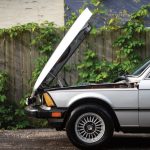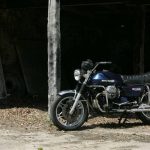Author: Richard Dredge
Photography: Wikimedia Commons
As the 1950s morphed into the 1960s, it was a great era if you had money and you were a car enthusiast. There were loads of low-volume specialist marques happy to flog you something sporting and/or luxurious, including Bristol, Aston Martin, Facel Vega, Alvis, Jensen – and AC. If your pockets weren’t so deep there were still plenty of options such as Jaguar, Austin Healey and MG.
That was something of a problem for AC, because it had so much competition when it launched its Greyhound in 1959, that it had to be seriously good to stand out in a crowded marketplace. And the problem was, frankly, the Greyhound wasn’t really all that talented.
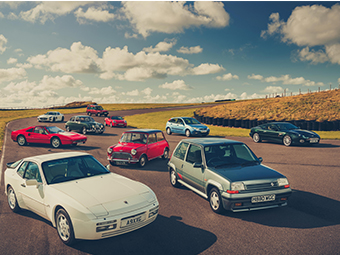
The Greyhound story begins in 1953, with the launch of the six-cylinder Ace – the car that would morph into the V8-powered Cobra thanks to the antics of Carroll Shelby. The Ace roadster would sire the Aceca coupé, so buyers had the choice of two-seater convertible or fixed-head, but what they couldn’t have was a four-seater coupé, and that’s what several Aceca owners said they wanted after the demise of AC’s 2-litre saloon in 1956. So it was only fair that AC should oblige with a 2-litre successor.
AC owner Derek Hurlock commissioned his designer Alan Turner to come up with an Aceca-based coupé with enough room for the family. It had to be a proper four-seater rather than a 2+2, so Turner started by stretching the Aceca’s wheelbase by 10 inches and widening the front and rear tracks by four inches.
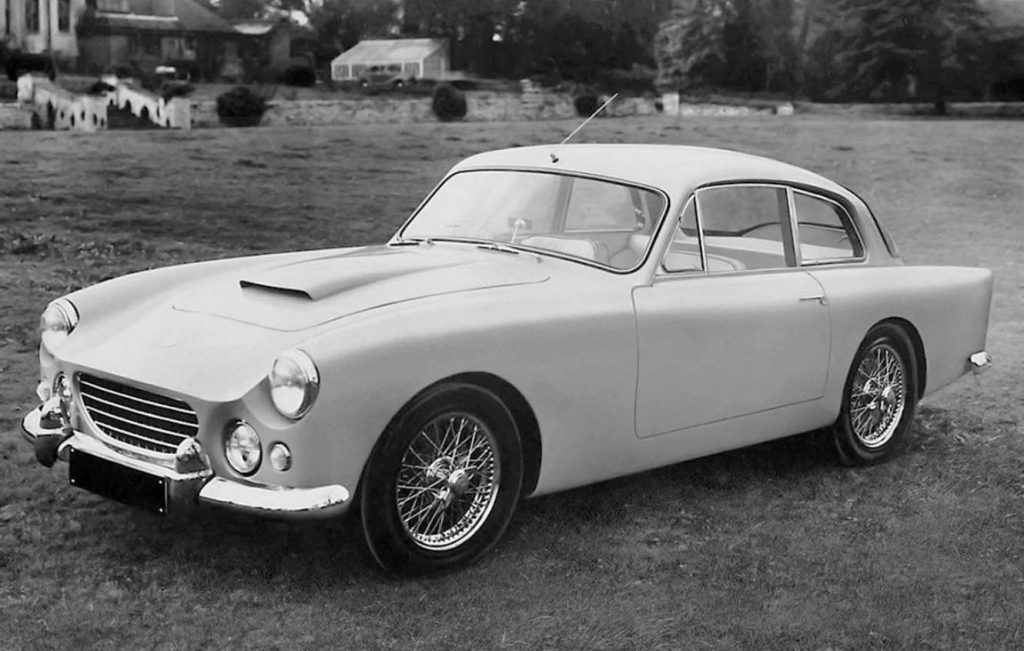
Straight away Turner hit a snag: the straight-six in the nose had to be moved forward to free up cabin space, but the transverse leaf suspension didn’t allow that, so he had to switch to a fresh suspension layout. This consisted of coil springs and double wishbones up front, with coil springs and semi-trailing single wishbones at the back.
By late 1958 AC had built a prototype of its new four-seat coupé, which was nothing more than a stretched Aceca, but Turner went to town by creating a more bespoke look with a fresh nose design. But when this second prototype was shown at the 1959 Earls Court motor show it bombed, with everyone hating the design. Turner went back to the drawing board and came up with a fresh nose and a much glassier rear end, which was clearly ‘inspired’ by the Aston Martin DB4, that was fresh on the scene. The revised design was received far more positively, but AC wasn’t out of the woods yet…
In the nose was a 2.0-litre pushrod straight-six, but with just 105bhp it didn’t give the Greyhound the performance it deserved. Buyers could also choose a 128bhp version of the same engine, while a torquier 2.2-litre unit was also available. By the time production ended, half a dozen Greyhounds had been sold with AC’s own six-cylinder engine and there were even a couple that left the factory with a Ford Zephyr-sourced 2.6-litre unit. That’s five different powerplants across just a few dozen cars…

Whatever powerplant was fitted there was a fundamental problem in that the steering went light at high speed, and in response AC developed a 2.2-litre flat-four that fixed the problem. But such a tiny company couldn’t afford to develop an all-new engine so it looked at buying in Buick’s V8, only to be beaten to it by Rover. Jaguar’s XK straight-six was also considered, but it was too long to fit, while Daimler’s lovely 2.5-litre V8 was also in the frame at one point, but nothing came of it.
By the time a significantly revised Greyhound had been developed by early 1960, AC fans started to get on side with the project, even if the press still weren’t so sure. The back seats were still too cramped for many, but where things really fell down was with the dynamics. Against the better judgment of Turner, The Motor was lent a Greyhound to review, before AC had pinned down the optimum wheels and tyres to get the best out of this rather costly grand tourer.
The Motor’s test car was a 128bhp model with overdrive, capable of a genuine 110mph, along with 0-50mph in just under nine seconds. Claiming that the Greyhound was well made, just about spacious enough to accommodate four adults, generously equipped and stylish, The Motor certainly didn’t stick the knife in with its review, as such.
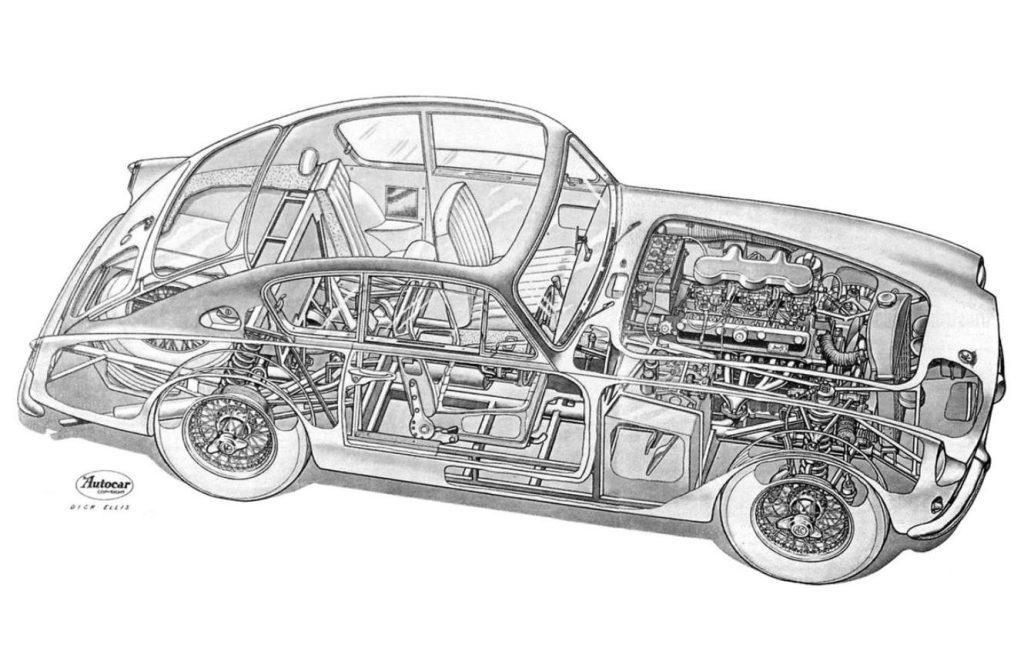
There was also praise for the engine’s flexibility, the light steering that was also precise, and the very efficient brakes (discs up front and Alfin drums at the back). But things fell apart when it came to the tyres and suspension. The Motor tested its Greyhound with two different types of tyre, to see which worked best. On Dunlops there was high-speed stability, but a shockingly bad ride quality and considerable kick back from the steering. Switching to Michelins reduced these effects but instead there was wandering at high speeds, and a tendency for the back end to snap out of line very quickly and catastrophically without warning, when cornering quickly. As The Motor put it: “The independent rear suspension of the Greyhound seems to leave scope for considerable improvement.”
While the review was quite positive overall, AC was stung by the criticism and buyers were clearly put off because so few orders were placed. In basic form the Greyhound was priced at £2891, but in higher-spec form as tested by The Motor this price mushroomed to £3185. That put it on a par with an Alvis 3-litre TD21 or a Jensen 541 R, whereas an Aston Martin DB4 was pegged at £3755 – but a Jaguar XK150 S fixed-head coupé was just £2065 in 3.4-litre form, or £2175 with a 3.8-litre engine. Buyers really were spoiled for choice – and they generally chose to buy elsewhere.
In the Greyhound’s first full year of production, just 17 examples were sold. Things picked up significantly the following year, when 44 Greyhounds found owners, but then things tailed off sharply. A mere 18 cars were sold in 1962 then AC gave up in 1963, a year in which all of three Greyhounds were produced. Despite existing AC owners supposedly clamouring for a four-seater coupé, when it came down to it there was no real appetite for one. Maybe it was a tiny market or perhaps it was AC’s execution but either way, just 82 Greyhounds were made during a four-year production run. No wonder this smart-looking sixties GT is all but forgotten.
Classic car insurance from Hagerty
Keep your classic on the road with expert classic car insurance built by car lovers, for car lovers. Rated ‘Excellent’ on TrustPilot.
